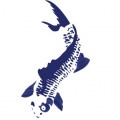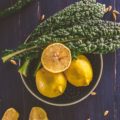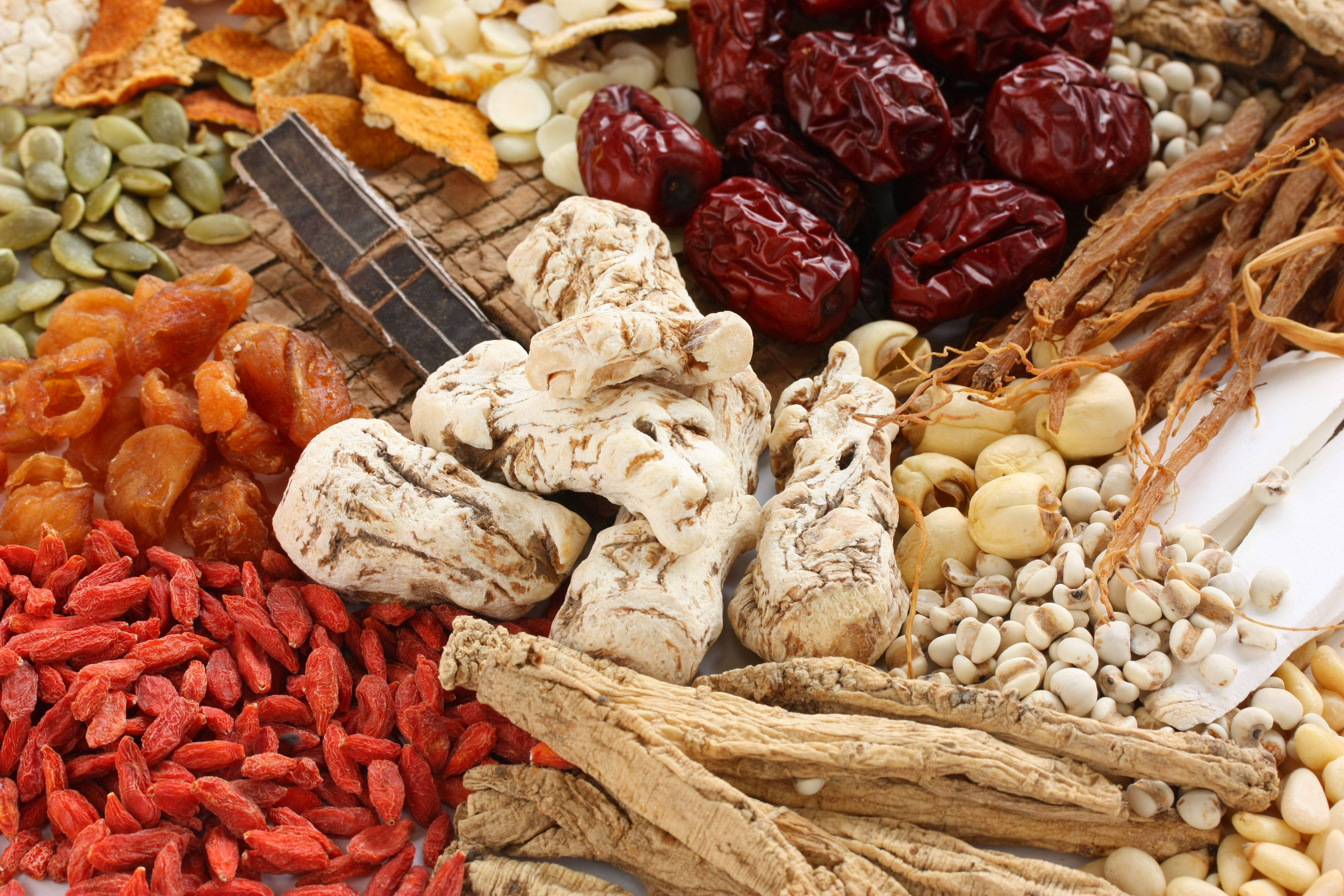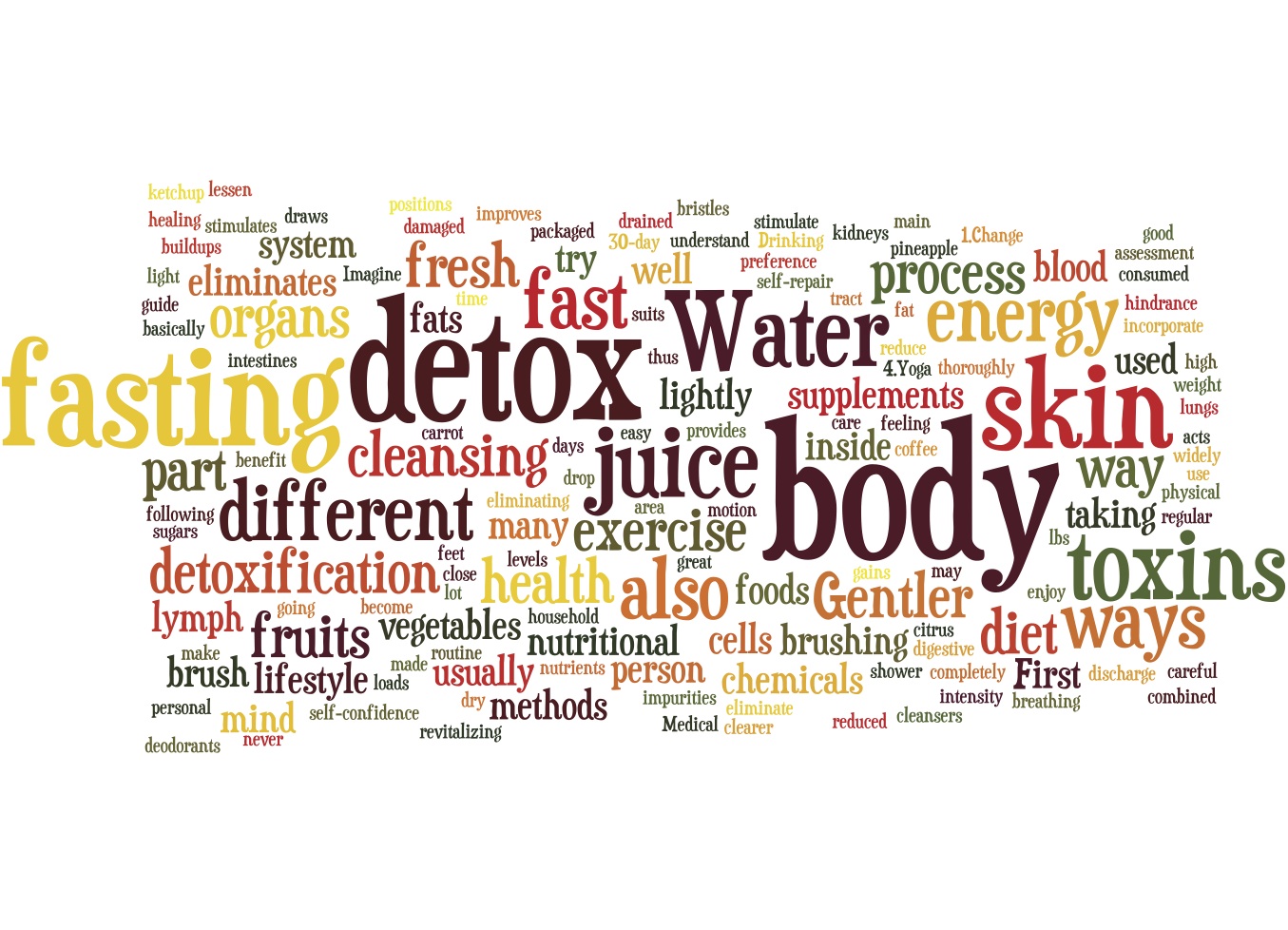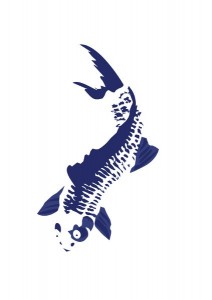
An attempt to explain Traditional Chinese Medicine – Part 2
This article will attempt to explain how the different modalities of Traditional Chinese Medicine (TCM) are applied to improve health or treat disease. The key modalities of TCM are acupuncture, herbal medicine, dietary therapy and exercise.
Acupuncture
Acupuncture is based on the theory of Qi. In the last article I spoke of Qi flowing through different pathways or meridians, nourishing its source organ and all structures encountered along the way. Along such pathways or meridians are acupuncture points. An acupuncture point represents an access point or window to the Qi or energy flow. There are hundreds of acupuncture points located on the body. Each point has a function or indication of what it can treat. These indications may represent local problems close to the proximity of the point or have a relevance to the source organ of the meridian. Acupuncture can therefore treat local issues such as using points around the elbow to treat tendonitis. Otherwise it can treat a Liver imbalance by using a point between the big and second toe.
Usually a combination of acupuncture points will be used to achieve the best outcome. The relevance of such a combination will be crucial to the overall success of the treatment. Not only is the choice of acupuncture points crucial, so is the technique used with such points. To achieve an improved energy or Qi flow, and thereby optimizing health, a practitioner must decide on the best direction, needle gauge and stimulation.
Chinese Herbal Medicine
Like acupuncture Chinese Herbal Medicine developed over thousands of years. It is now a complex and dynamic modality treating very modern diseases. Each herb in TCM has a list of indications it can treat. One herb may treat a sore throat, help a skin condition and assist digestion. However when a number of herbs are put together into a formula, it is the combination that can create a very powerful therapeutic affect on the body. A formula represents a common goal of all the different herbs added. Once again Chinese herbal medicine will attempt to find balance in the body. Cooling herbs will clear heat, warming herbs will clear cold, nourishing herbs will strengthen the Qi and blood. For a practitioner to help their clients using herbal medicine not only the correct herbs must be used, it is the combination and dosage which will determine the best outcome.
Dietary Therapy
TCM uses food not only as a nutritional source but also as a therapeutic and healing modality. Although food will not be as strong as herbal medicine it will have a significant role in assisting with treatment. TCM not only values the nutritional content of food but the healing quality. Certain foods may well be contradictory to a condition. An example could be spicy foods may exacerbate inflammation, and so cooling or neutral foods should be eaten to help. So what foods, how they are cooked and when they are eaten can not only promote health but be used to treat or at least assist other modalities in treating a condition.
Exercise Therapy
The traditional exercise modalities of TCM are Tai Chi , Chi Gong and Wu Shu. All of these are designed to stimulate Qi flow through the body and help nourish physical and mental health, rather than optimise fitness. Today I would also include yoga and pilates into this category. Generally all exercise can be helpful but over training can quite quickly lead to physical stress and deplete the body which may exacerbate a pre-existing condition.
For more information see Part I of this article.
Nick Conquest
Chinese Medicine Practitioner


